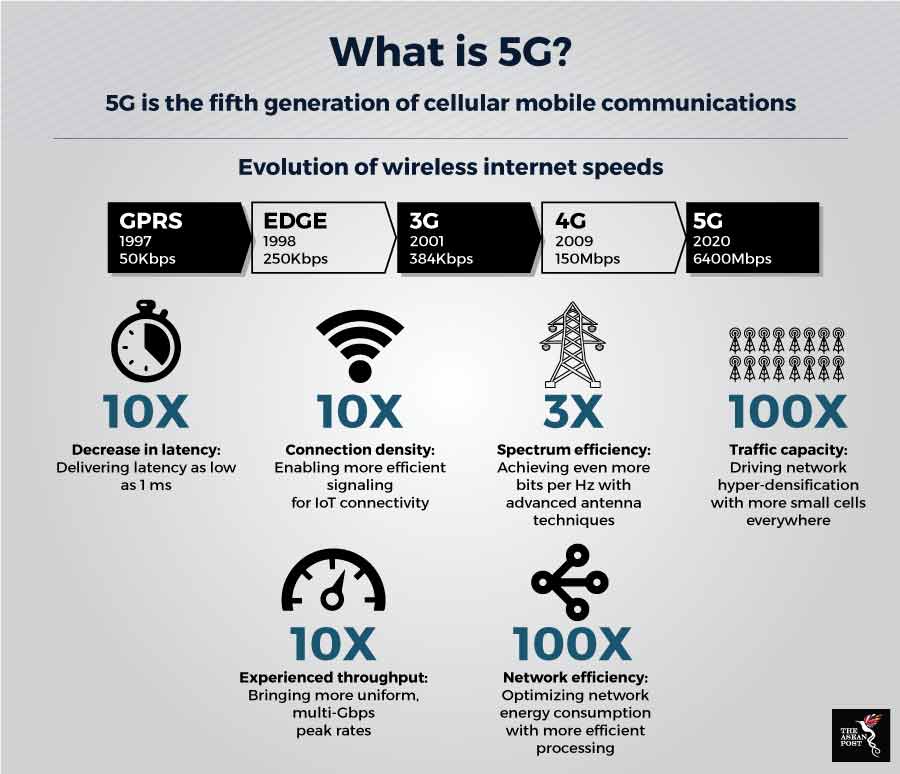Over the past two decades, Southeast Asia has shed its image of an agrarian backwater and transformed into a world leader in developing the latest technologies such as blockchain, artificial intelligence (AI), robotics, cloud computing and fintech among others. For example, robotics and advanced manufacturing already have a strong presence in the region with Singapore and Malaysia having established themselves as research and development clusters. Meanwhile, governments throughout the region are implementing innovation in their policies such as Thailand’s Thailand 4.0 initiative which aims to digitally transform the country.
Among the main drivers behind the region’s digital shift is a growing middle class as well as an ever-increasing internet penetration rate. Falling prices of hardware such as laptops and smartphones also factor into the mix. The mobile market in ASEAN is so big that all member countries have an average of more than 100 percent active mobile internet connections as opposed to population. The number of active connections far outweigh the populations in these countries as most mobile users in the region own more than one SIM.
The rising accessibility to the internet has also resulted in the growth of industries related to AI and the Internet of Things (IoT). This is because internet-related industries often have much lower barriers to entry as opposed to traditional industries such as manufacturing.
Heralding the age of 5G
Currently, internet service providers and mobile service providers only provide 3G or 4G networks in the region. However, the era of 5G could arrive soon. 5G refers to the fifth generation of cellular mobile communications and is the successor to 4G (LTE/WiMax), 3G (UMTS) and 2G (GSM) networks. 5G connectivity is expected to come with much higher bandwidth and reduced latency which could save on energy and reduce overall usage costs.
Countries in the region are already planning to develop and deploy their respective 5G networks. Malaysia is reported to have started running its tests for 5G. Cambodia and Thailand have also said that they would want to see 5G deployed in their countries in 2021. Indonesia has also dabbled with 5G internet. Recently, two mobile network providers there, Telkomsel and XL conducted 5G trials during the 2018 Asian Games. In the Philippines, work is already being carried out to usher in 5G. Philippine telecommunications firm Smart has announced plans to deploy a 5G pilot network in the first half of 2019, while Globe Telecom has said that a 5G network could be available as early as the second quarter of next year.
Singapore’s pilot 5G project is expected to launch by the end of this year.
 Source: Cradlepoint
Source: Cradlepoint
Emergence of new tech
Much like how 3G and 4G revolutionised streaming services, the introduction of 5G in the region could see the emergence of new industries and technologies. For example, Singapore authorities have said that they are planning for drone and autonomous vehicle trials over the 5G pilot network.
Essentially, 5G can bring about much greater internet speeds, which could make services more efficient. As apps become ubiquitous and more services are digitalized, 5G could help make such functions smoother.
Today, more than half of the region’s population resides in urban areas. By 2030, these urban centres in Southeast Asia are expected to be home to an additional 90 million people compared to today. By then, the internet will be integral to organizing human society. For example, many cities are already using AI to manage their traffic systems.
5G is essential if ASEAN wants to make its ASEAN Smart Cities Network (ASCN) a reality. Thus far, 26 pilot cities in the 10-member bloc have been identified to become a part of this network. To realise the initiative, stable and fast internet is critical.
Proper implementation of 5G in the region is a challenge as deployment costs could be high due to the fact that new infrastructure will need to be built. There are also concerns that companies could charge higher prices for access to their respective 5G networks. However, just like 3G and 4G, prices will most likely plummet once 5G networks become more readily accessible across the region. The potential of 5G technology is immense, but it will take time, substantial financial outlay and commitment from regional governments before it can be fully realised.
Related articles:
